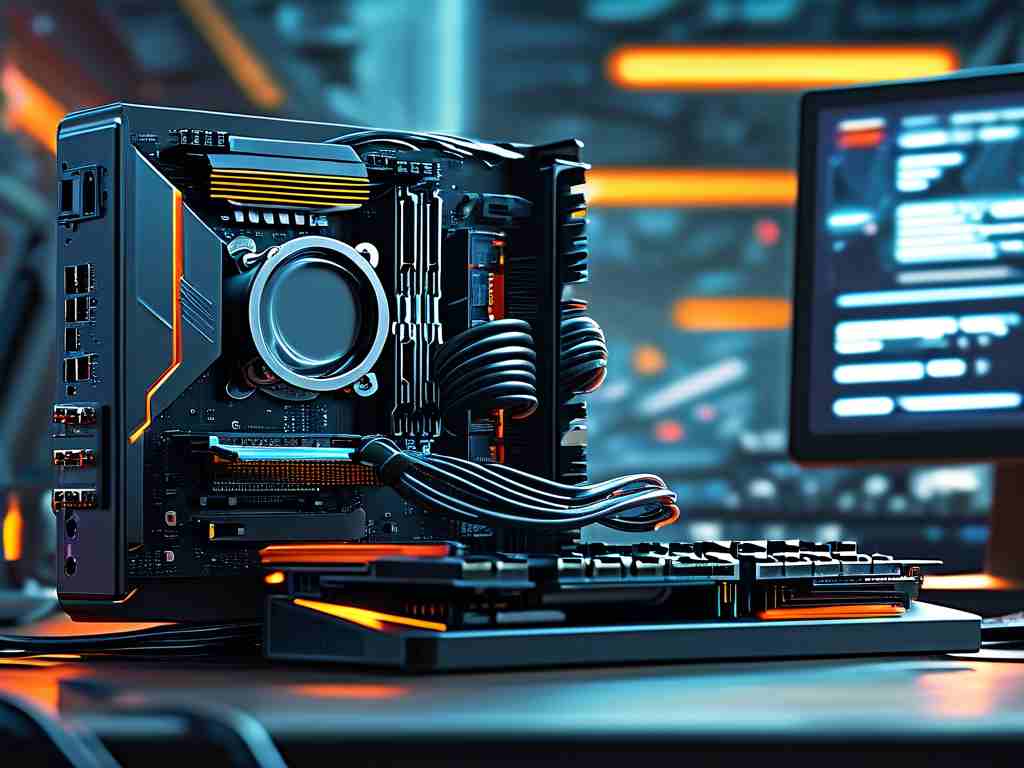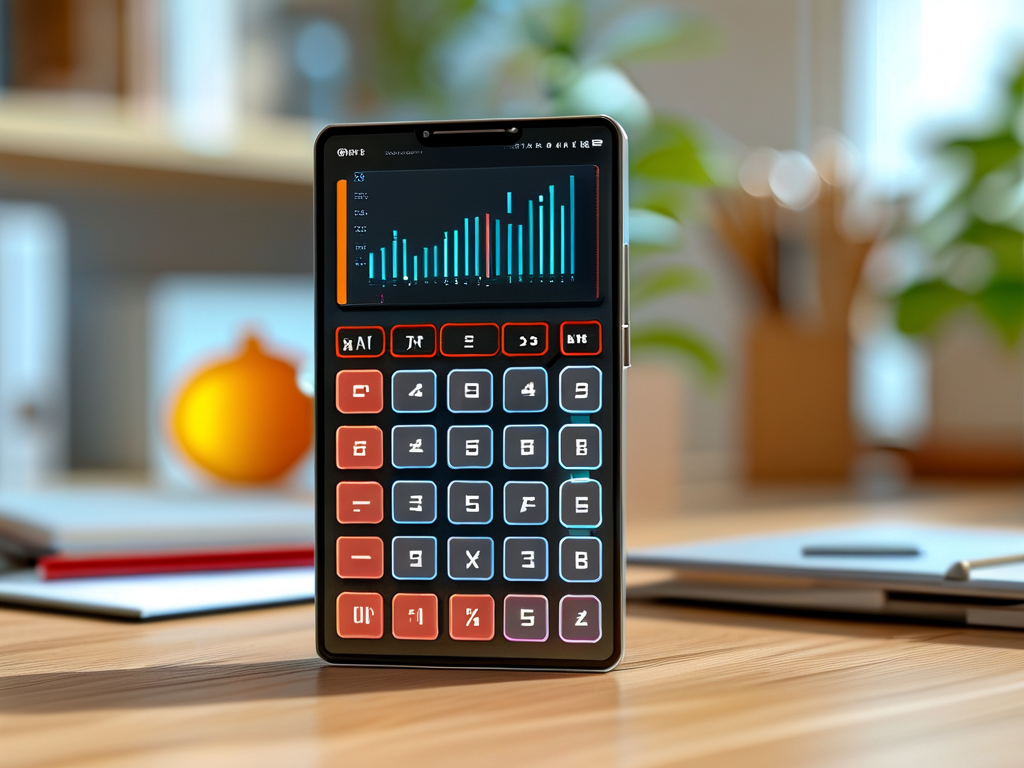Video processing on computers is a fundamental task in modern digital workflows, spanning applications like video editing, streaming, and real-time rendering. A common query among users and developers is how much memory a computer requires to handle these operations efficiently. This guide delves into the intricacies of calculating memory usage for video tasks, providing practical insights and avoiding overly technical jargon. Understanding this helps optimize system performance, especially in resource-intensive environments like gaming or professional editing studios.

The amount of memory needed for video processing isn't a fixed number; it depends on multiple variables. Key factors include the video's resolution, such as HD (1920x1080) or 4K (3840x2160), which directly scales the pixel data stored in memory. Higher resolutions demand more space because each frame contains millions of pixels that must be processed in real-time. Frame rate, like 30fps or 60fps, also plays a crucial role. A higher frame rate means more frames per second are loaded into memory, increasing the total requirement. For instance, a 4K video at 60fps consumes significantly more memory than the same video at 30fps due to the doubled data flow.
Another critical element is the video codec or compression method. Uncompressed videos, often used in raw editing, require substantial memory as they store every pixel detail without reduction. In contrast, compressed formats like H.264 or HEVC reduce file sizes by discarding redundant information, thus lowering memory needs during playback. However, during decoding or editing, the computer must decompress the video into memory, which can temporarily spike usage. Bit depth, such as 8-bit or 10-bit color, further influences this. Higher bit depths provide richer color accuracy but increase the per-pixel data size, multiplying memory demands.
To calculate memory usage accurately, a simple formula can be applied for uncompressed video: memory (in bytes) = width × height × bit depth × frame rate × duration / 8. This accounts for the number of pixels per frame and how they're stored. For example, consider a Full HD video (1920x1080 resolution) with 8-bit color depth running at 30fps for one minute. First, calculate per-frame memory: 1920 × 1080 × 8 bits / 8 = about 2MB per frame. Multiply by frames per second: 2MB × 30 = 60MB per second. For one minute (60 seconds), total memory is 60MB × 60 = 3600MB or 3.6GB. This demonstrates how quickly requirements escalate with higher settings.
In practice, real-world scenarios involve additional complexities. For instance, when editing multiple video layers or applying effects like color grading, the memory load compounds. Computers use RAM to hold active data, and insufficient memory can lead to lag or crashes. To illustrate, here's a Python code snippet that automates this calculation for a custom video setup. This script helps users estimate needs without deep technical knowledge:
def calculate_video_memory(width, height, bit_depth, frame_rate, duration_seconds):
bits_per_pixel = bit_depth # e.g., 8 for 8-bit color
pixels_per_frame = width * height
bits_per_frame = pixels_per_frame * bits_per_pixel
bytes_per_frame = bits_per_frame / 8
bytes_per_second = bytes_per_frame * frame_rate
total_bytes = bytes_per_second * duration_seconds
total_gb = total_bytes / (1024 ** 3) # Convert to gigabytes
return total_gb
# Example usage: Full HD video, 30fps, 60 seconds
memory_needed = calculate_video_memory(1920, 1080, 8, 30, 60)
print(f"Estimated memory required: {memory_needed:.2f} GB")
Running this code with the given inputs outputs approximately 3.6GB, aligning with our earlier manual calculation. Such tools empower users to tailor their hardware, avoiding over- or under-provisioning. Beyond raw numbers, system factors like the operating system's memory management or GPU involvement affect outcomes. Dedicated graphics cards often handle video tasks, offloading RAM usage through VRAM, which is separate from system memory. For integrated GPUs, shared memory can bottleneck performance, emphasizing the need for adequate total RAM.
Optimizing memory usage is vital for cost-effective computing. Strategies include using efficient codecs during editing to minimize decompression overhead, or reducing resolution for less critical tasks. Closing background applications frees up resources, while upgrading to faster RAM (e.g., DDR5) enhances throughput. Cloud-based processing can also shift loads off local systems, ideal for high-end projects. Ultimately, balancing these elements ensures smooth video workflows without excessive hardware costs.
In , calculating memory for computer video processing involves a blend of resolution, frame rate, codec, and bit depth. By applying simple formulas or code snippets, users can estimate needs precisely, leading to better system configurations. As video technology evolves, with trends like 8K and AI-enhanced rendering, understanding these fundamentals remains essential for anyone in digital media. Always test setups with real videos to fine-tune for peak efficiency.









